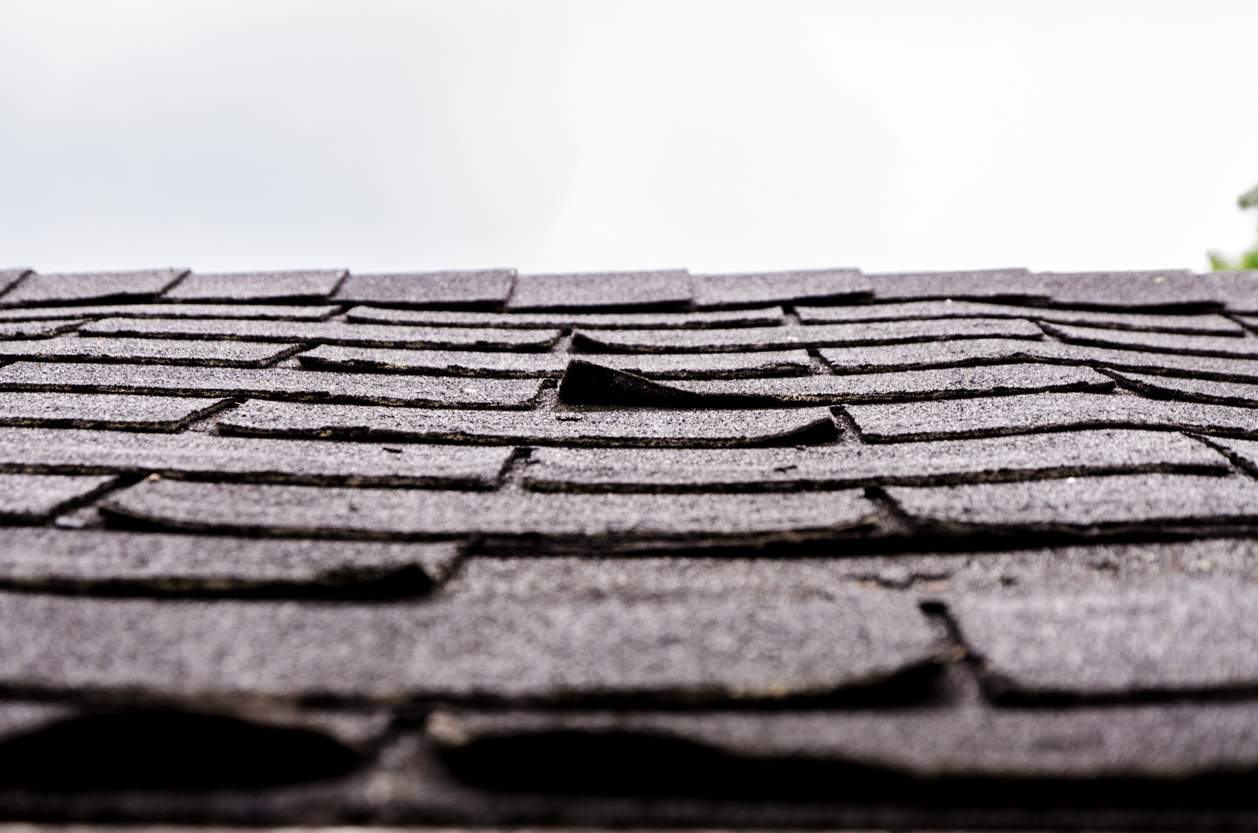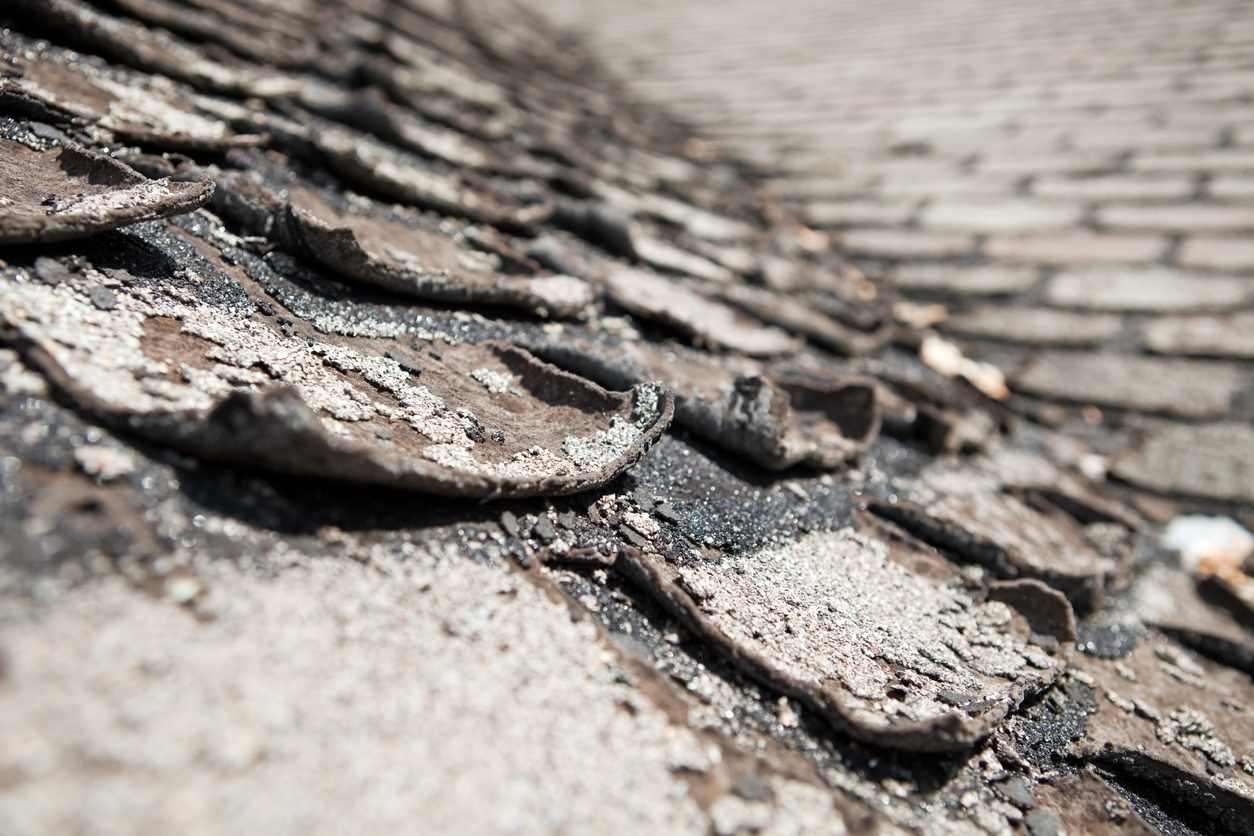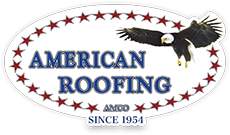
Shingle roofing is a popular choice for many households in Salt Lake City and throughout its surrounding areas. They are used on many homes because of their timeless aesthetic appeal and durability. Meanwhile, asphalt shingles are one of Utah’s most often used roofing systems due to their affordability and aesthetic flexibility.
Like any other roofing type, asphalt roofing systems can have issues that compromise their efficiency and integrity. For example, individual shingles might curl over time, causing your roof to look distorted and wavy. This is known as roof buckling. It indicates underlying issues that must be addressed.
Here’s a guide that will teach you everything you need to know about shingle buckling.
What is Roof Buckling?
Shingles appear smooth and level when your roof is in good shape. However, when shingles buckle, they appear to rise, giving the impression that something is pushing them underneath. It is often visible from ground level and indicates a significant roofing problem.
If this condition is not addressed, there is an increased possibility of interior leaks and water damage–which necessitate costly repairs. Water damage weakens the roof’s structure, leaving your shingles more prone to being blown off by the wind and weak against the elements. Furthermore, water entering your home may create conditions conducive to mold growth.
Why Does Roof Buckling Occur?

- Deck Moisture: When your roof decking collects moisture, whether during a roof replacement or in humid open areas, it can cause the decking to shift and move, causing your shingles to buckle.
- Poor Ventilation: A lack of proper attic ventilation prevents moisture from exiting your attic area, eventually leading to condensation that harms the framing and roof decking of your home. This moisture will then become trapped between your shingles and the underlayment, causing them to buckle.
- No Spacers Used: Spacers are installed in between wood to prevent swelling. When spacers are not used, two pieces of wood that start to swell will have no room for movement, causing buckling in your shingles.
- Improper Installation: If your shingles are not installed properly, they can easily loosen and buckle in a couple of years.
- Overlapping Shingles: Applying a new roof over an existing system is not recommended because it leads to moisture build-up and roof buckling. Moreover, it makes the second layer of shingles less secure and more susceptible to damage.
- Age: The lifespan of your roof determines its durability, and as years go on, it may not be able to withstand the elements, and water may start to infiltrate your roof, causing buckling.
How to Prevent Roof Buckling
Homeowners must take precautionary measures to avoid buckling shingles. Investing in a roof installation or replacement is beneficial, but costly. Thus, every household should know these preventative measures:
- Choose wood decking materials that are at moisture equilibrium with your local environment.
- Before installing, store all decking and roofing materials properly and ensure they are not subjected to water or placed in areas where they might absorb moisture.
- Ensure adequate attic ventilation, depending on the roofing manufacturer’s requirements.
- Make sure that shingles are applied following the recommendation of the manufacturer.
- Maintain your roof by scheduling regular inspections, and have repairs immediately done when you spot issues.
How to Solve Buckled Shingles?
Upon spotting buckled shingles, you must call for professional help immediately. A professional roofer can help you determine the cause of the issue and fix your roof promptly to avoid further damage.
- Moisture should be allowed to escape your roofing system. When the appropriate moisture content has been reached, shingles should be able to lay flat.
- Your roofer will remove affected shingles, and if the underlayment is damaged or wrinkled, they will need to re-nail the underlay and replace the shingles.
- If roof buckling re-occurs, it is likely that your attic is not adequately ventilated. Opt for additional ventilation by adding ridge vents.
- Roof replacement will be necessary in severe cases. Choosing a roofing system that can withstand Utah moisture conditions is important when installing a new roof.
Buckled Roofing? American Roofing Can Help!
We are here to assist you if your roof is buckling. We have been the go-to roofing contractors for residential and commercial clients throughout Utah since our inception in 1954. We provide high-quality roof replacement, repair, and installation. We also offer a five-year exclusive labor and workmanship warranty.
